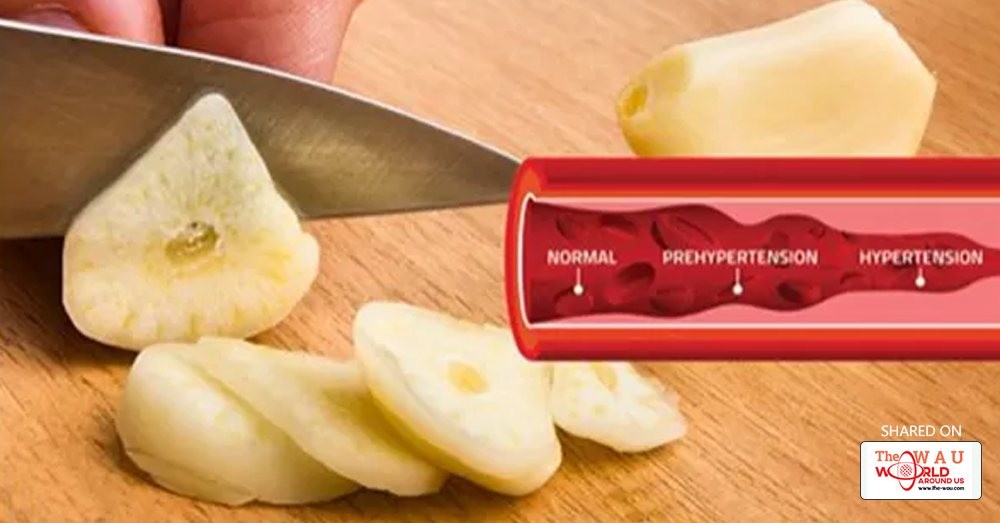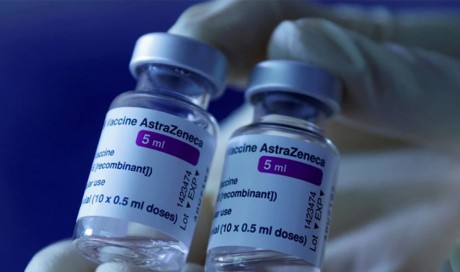We all have occasional high blood pressure. Temporary high blood pressure is a normal response to excitement, nervousness, physical exertion, anger, fatigue, coldness or smoking.
Sustained high blood pressure is dangerous and affects nearly 60 million Americans, or one in four adults.
Historically, treatment of high blood pressure has alternated between an emphasis on diet and use of anti-hypertensive drugs. The use of drugs should never be the first option because of potential serious side effects. The nondrug approach is far more safe and effective.
High blood pressure is a significant risk factor for developing heart disease. Not only does hypertension increase the risk of heart attacks, but it also increases the risk of strokes and kidney disease. Of the 60 million people with hypertension, almost half are women.
So What Is High Blood Pressure?
Blood pressure is the measure of the force of blood against the walls of your arteries. A normal blood pressure for adults is 120/80. The first number (systolic) is the pressure when your heart is contracting. The second number (diastolic) is the pressure when your heart is relaxed. A blood pressure reading that is consistently more than 140/90 is considered hypertension.
Signs That You Might Have Hypertension
In many cases no symptoms reveal themselves. However, there are some common symptoms that people may experience that signify hypertension.
- Headaches
- Fatigue
- Dizziness
- Heart palpitations
- Nosebleeds
- Blurred vision
Nutrition Recommendations
As mentioned before, treating high blood pressure with nondrug methods is the most effective and safest way to treat it. Uncontrolled high blood pressure increases the loss of brain cells associated with aging. Fewer brain cells means your memory won’t be as good and your thinking patterns will be fuzzier. Below are some diet tips to help reduce and control your high blood pressure.
- Maintain a healthy weight. The benefits of weight loss can’t be overemphasized. Overweight adults are 50 percent more likely to have hypertension than normal-weight adults.
- A modest weight loss of just 10 pounds, especially if you have lots of tummy fat, can often reduce elevated blood pressure to normal levels.
- Follow the Dietary Approaches to Stop Hypertension (DASH) diet: Eat 8 to 10 servings of fruits and vegetables each day; 2 to 3 servings of skim or low-fat diary foods; 7 to 8 servings of grains; and up to 2 servings of lean meat daily. Also add 4 to 5 servings of nuts, seeds, and beans over the course of the week.
- Drink less alcohol. Drinking three or more alcoholic drinks a day can raise blood pressure.
- Get regular exercise. It will help keep both your weight and blood pressure low.
- Eating less salt and fewer high-sodium foods can help lower your blood pressure.
- Eating lots of fruits, vegetables and low-fat diary products is more beneficial than cutting back on salt from most people.
- Foods rich in potassium, calcium and magnesium may help blunt the effects of sodium on your blood pressure.
- Try to eat at least one clove of garlic a day; it may have a small effect on lowering blood pressure. Add chopped garlic to stir-fry, sauces, salads, and vegetables.
- CoQ-10 supplement may help lower blood pressure. See a licensed healthcare provider for the appropriate dosage level.
Share This Post












